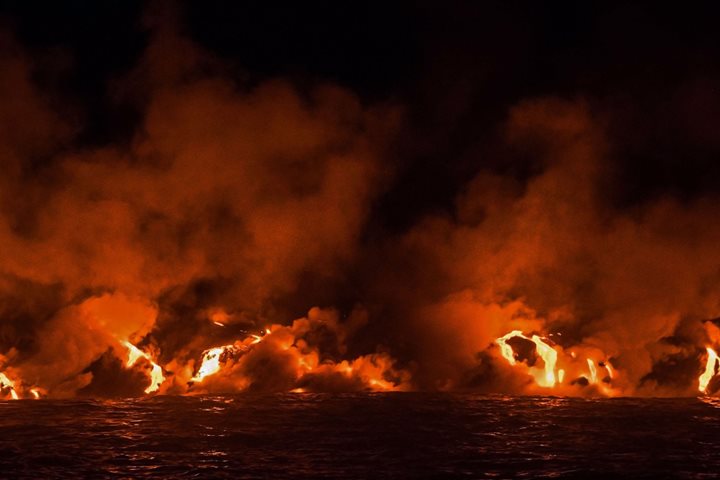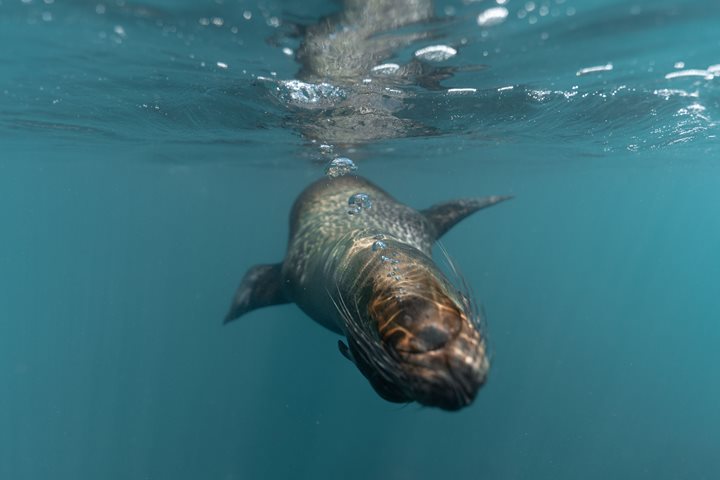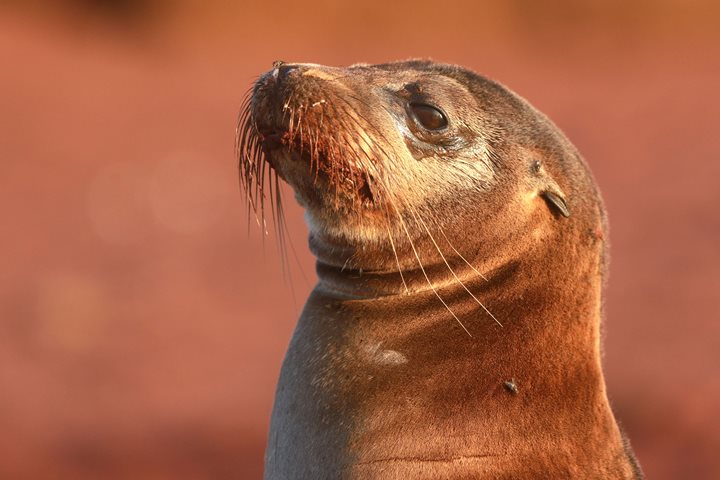Today was very special for all naturalists on National Geographic Islander because we not only got to show guests our home island, we also had a great “giant tortoise day.” Santa Cruz is home to the National Park and Charles Darwin Foundation Headquarters. Our first visit this morning was to the breeding center, a very successful project which is the result of the collaborative efforts between these two entities. Our home island houses a very healthy population of tortoises, with roads to access tortoise migration routes. On our way to one of these routes, we stopped at the largest lava tube on the island - 700 meters long! We also visited a local family owned sugar cane and coffee farm and learned about their products. We ended our day on a migration route, fulfilling lifetime dreams of seeing beautiful Galapagos giant tortoises in the wild!
- Daily Expedition Reports
- 20 Nov 2019
Santa Cruz Island, 11/20/2019, National Geographic Islander
- Aboard the National Geographic Islander
- Galápagos
Gianna Haro, Naturalist
Most of Gianna´s memories seem to be dreams, made on flawless white sandy beaches with black lava rock contours and gorgeous turquoise ocean waters. Most of it happened while barefoot, in an enchanting place that some people regard as an ideal natura...
Read MoreShare Report
Related Reports
11/23/2022
Read
National Geographic Islander II
Isabela and Fernandina
Our day began with the chance to point out a lot of interesting geological features as we enjoyed Zodiac tours along a massive flank of Ecuador Volcano on Punta Vicente Roca. In the afternoon, we took a sunny walk on Punta Espinoza on Fernandina Island. We spotted many iguanas, and a bunch of sea lions hanging around, too.
11/22/2022
Read
National Geographic Islander II
North Seymour & Rabida Islands
Relatively small and low compared to neighboring Santa Cruz, North Seymour is located to the north of Baltra. The island is dry with predominantly low shrubs, like prickly pear cacti. The incense trees are bare during the dry season. Seabirds like frigatebirds and blue-footed boobies nest on the island, and sea lions rest on the sand when they are not fishing. Land and marine iguanas also live here. Rabida is in the middle of the archipelago and has a striking red sand beach. We observed a small colony of sea lions of all ages resting or nursing. Behind the beach, American flamingos nest in a brackish lagoon. This island is full of contrasts and wildlife that we enjoyed observing during this day of expedition.







